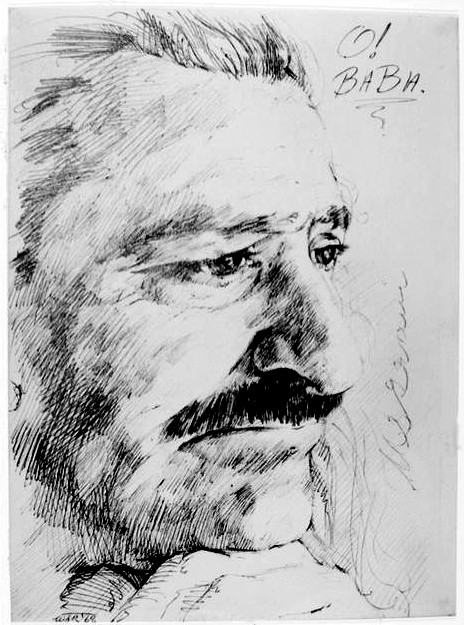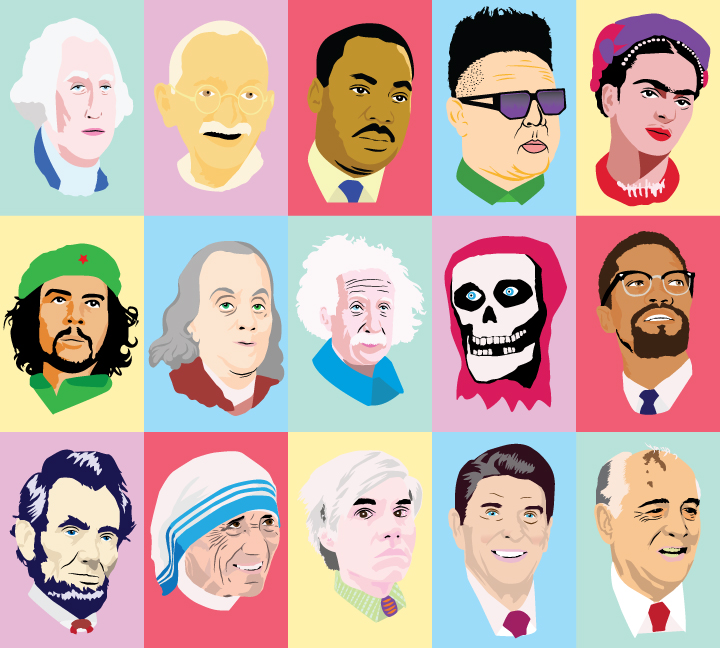I. Introduction
Hook: Sensational stories sell, and sports spark sensationalism.
Background: Media coverage of sports often highlights their societal importance. However, there is debate over whether this coverage exaggerates their significance. Critics opine that media hypes the importance of sport.
Thesis Statement: The media has indeed exaggerated the importance of sports, overshadowing other crucial societal issues.
II. Supporting View 1: Media Hype and Commercialisation
Topic Sentence: Media hype inflates the perceived importance of sports.
Example 1: European Super League announcement in 2021.
The Guardian: Media frenzy prioritised profit over sport’s intrinsic value. (https://www.theguardian.com/football/2021/apr/19/european-super-league-plans-man-utd-liverpool-real-madrid-juventus)
Example 2: Extensive coverage of IPL auctions in 2022.
BBC: Focus on player prices eclipsed broader social issues. (https://www.bbc.com/sport/cricket/60510720)
Example 3: Qatar 2022 World Cup media coverage.
Reuters: Media emphasis on opulence and spectacle. (https://www.reuters.com/lifestyle/sports/qatar-world-cup-firsts-final-flourishes-2022-12-18/)
Media hype skews public perception, making sports seem more important than they are. Hence, commercialisation through media has exaggerated sport’s importance.
III. Supporting View 2: Displacement of Significant Issues
Topic Sentence: Media hype on sports displaces coverage of more significant issues.
Example 1: Media obsession with Tokyo 2020 Olympics despite pandemic.
The Hindu: Olympic coverage overshadowed pandemic crises. (https://www.thehindu.com/news/national/tokyo-2020-olympics-and-covid-19-pandemic/article35411233.ece)
Example 2: Extensive media attention on Euro 2021.
ABC News: Coverage sidelined discussions on climate change. (https://www.abc.net.au/news/2021-06-11/euro-2020-football-climate-change/100199044)
Example 3: Continuous coverage of Premier League in 2021.
New Zealand Herald: Media focus ignored pressing social justice issues. (https://www.nzherald.co.nz/sport/premier-league-coverage-2021/)
Media focus on sports can undermine public awareness of critical societal issues. Thus, the media’s prioritisation of sports exaggerates their relative importance.
IV. Supporting View 3: Cultural Impact and National Identity
Topic Sentence: Media hypes and exaggerates sports’ role in shaping cultural identity and national pride.
Example 1: Media portrayal of Italy’s Euro 2020 win.
BBC: Coverage suggested it united the nation despite economic struggles. (https://www.bbc.com/sport/football/57725817)
Example 2: Media emphasis on England’s performance in the Ashes 2021.
Reuters: Suggested cricket’s importance to national identity over other cultural aspects. (https://www.reuters.com/lifestyle/sports/ashes-2021-england-performance/2021-12-26/)
Example 3: Media glorification of Canada’s Winter Olympics success in 2022.
CBC: Promoted as key to national pride, overshadowing other achievements. (https://www.cbc.ca/sports/olympics/winter/2022-olympics-canada-national-pride-1.6348137)
Media coverage can amplify sports’ cultural role, misrepresenting their actual impact. Consequently, media portrayal exaggerates sports’ contribution to national identity.
V. Opposing View 1: Sports as a Unifying Force
Topic Sentence: Media highlights sports’ genuine role as a unifying force.
Example 1: Coverage of Tokyo 2020 Paralympics.
BBC: Emphasised inclusivity and unity during challenging times. (https://www.bbc.com/sport/disability-sport/57884361)
Example 2: Extensive reporting on South Africa’s Rugby World Cup 2019 win.
Reuters: Showcased national unity and post-apartheid progress. (https://www.reuters.com/article/us-rugby-unity-idUSKBN1XA0I2)
Example 3: Media celebration of Denmark’s performance in Euro 2020.
The Guardian: Highlighted national solidarity following Christian Eriksen’s incident. (https://www.theguardian.com/football/2021/jul/07/denmark-performance-euro-2020-unifying-force)
Media can positively reinforce sports’ role in societal unity. Thus, the media’s portrayal of sports as a unifying force is not entirely exaggerated.
VI. Opposing View 2: Economic Benefits and Development
Topic Sentence: Media coverage highlights the economic benefits of sports.
Example 1: Reporting on the economic impact of Tokyo 2020 Olympics.
The Hindu: Showcased job creation and tourism boosts. (https://www.thehindu.com/business/Economy/tokyo-2020-olympics-economic-impact/article36104528.ece)
Example 2: Media focus on India’s cricket industry.
Reuters: Highlighted revenue generation and infrastructure development. (https://www.reuters.com/article/india-cricket-economy-idUSKBN2D62PS)
Example 3: Coverage of the economic impact of the 2022 Commonwealth Games in Birmingham.
BBC: Emphasised infrastructure and local business benefits. (https://www.bbc.com/news/business-62628264)
Media coverage can accurately reflect sports’ economic significance. Therefore, the economic benefits portrayed by the media are not overstated.
VII. Opposing View 3: Sports as a Catalyst for Social Change
Topic Sentence: Media reports sports’ role as a catalyst for social change.
Example 1: Coverage of Marcus Rashford’s campaign for free school meals in the UK.
BBC: Showed sports figures influencing social policies. (https://www.bbc.com/news/uk-57551461)
Example 2: Media focus on the role of athletes in anti-racism protests in 2020.
Reuters: Highlighted sports’ contribution to social justice movements. (https://www.reuters.com/article/us-global-race-sports-idUSKBN23V1A5)
Example 3: Media reporting on Naomi Osaka’s mental health advocacy.
The Guardian: Emphasised sports’ role in promoting mental health awareness. (https://www.theguardian.com/sport/2021/jun/01/naomi-osaka-mental-health-advocacy)
Media coverage underscores sports’ positive societal impacts. Hence, the media accurately reflects sports’ role in driving social change.
VIII. Conclusion
Restate Thesis: The media has indeed exaggerated the importance of sports, though they also highlight genuine benefits.
Summary of Key Points: Commercialisation, displacement of issues, cultural impact vs. unifying force, economic benefits, social change.
Final Thought: A balanced media portrayal is essential to understanding sports’ true societal role.







